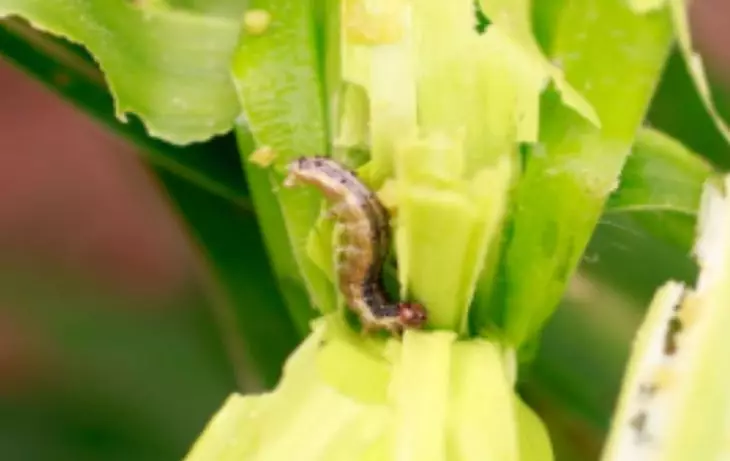
Scientists from Cabi, the University of Wageningen and the Zari Research Institute, along with the leading author Lena Durose Granger, have recently been published in Journal of Pest Science, where the factors affecting the appearance and distribution of parsitoids of scoops in Zambia are considered.
Their discoveries bring positive news for biological control programs, since the results indicate the potential for increasing local populations of natural enemies of the corn deciduous scoop (autumn worm). And therefore, there are safe and practical methods of combating pests that small farmers can use on their crops.
Invasive alien species usually arrive in a new environment without local natural enemies and, thus, freely extending, creating a threat to poor farmers in low- and middle-income countries.
Deciduous corn scoop, the invasive pest of crops, inhabiting in North and South America, arrived in Africa in 2016 and has since caused significant damage to corn and other cultures throughout the continent. For example, corn farmers lost an average of 26.6% harvest in Ghana and 35% in Zambia because of this pest.
That is why the understanding of the biocontrol is important. For this, a group of researchers under the leadership of Cabi held work in order to identify local parasitoids attacking the "Autumn Worm" in Zambia. They raced the eggs and larvae scoops during the corn crop cycle in the rainy season of 2018-2019 in four places in Lusaka and the central province of Zambia to find parasitoids.
In total, 4373 larvae and 162 eggs were collected. For each site and the date of collection, the rates of harvest were recorded, the number of proven plants and the amount of damage to analyze which factors are best explaining the appearance of a natural enemy view on corn. Scientists have discovered that in general the level of parasitism from local natural enemies in each place varies from 8.45% to 33.11%.
They identified 12 different types of parasitoids and factors affecting the appearance of parasitoids. As a result, 4 main aspects were allocated:
- field location
- The growth stage of corn,
- pest density
- Lichwater stage.
An unexpected discovery was the change in the occurrence of parasitoids during the corn growth cycle. During the last stages of corn ripening (11-12 leaves, leaving and peeling), both the occurrence and the number of parasitoids decrease.
The study shows the importance of understanding the factors of space and time due to the establishment of local natural enemies. It is especially true for the use of biological control and development of timely methods of combating specific stages of pests in order to increase parasitide populations and their mobility in agricultural crop environments in Africa.
Next research is now needed to determine the accurate type of parasitide, for example, by molecular and morphological identification, however, the first and important step forward in the fight against one of the most dangerous pests threatening the future of African farmers.
(Source and photo: news.agropages.com).
